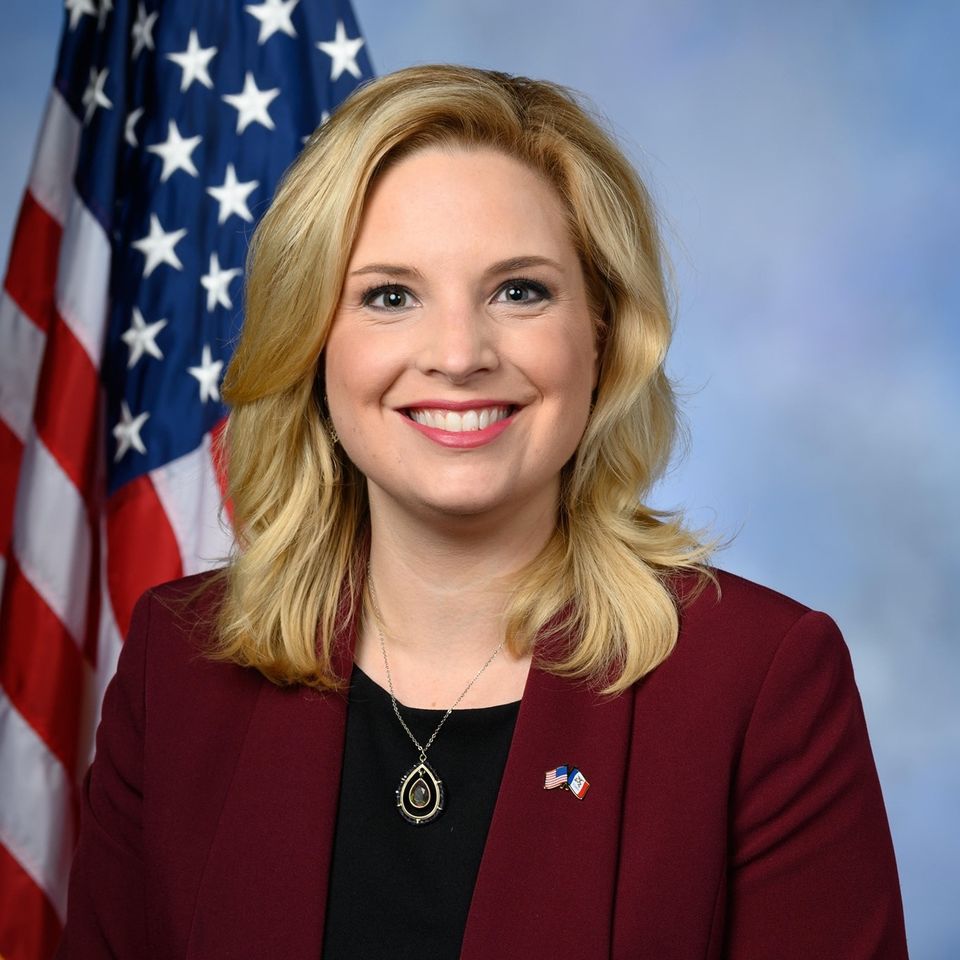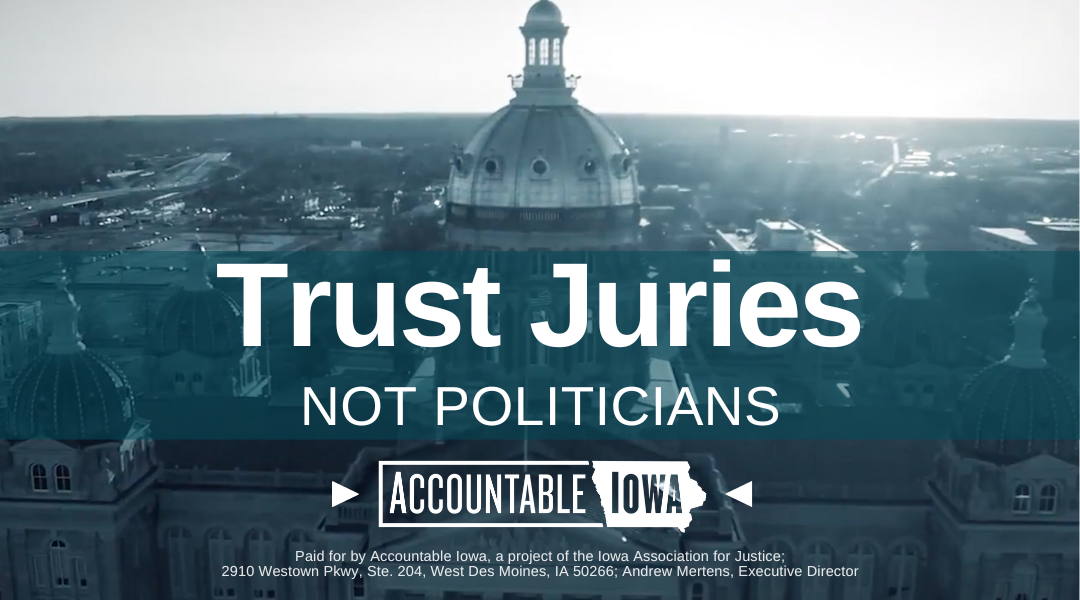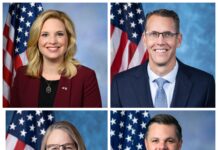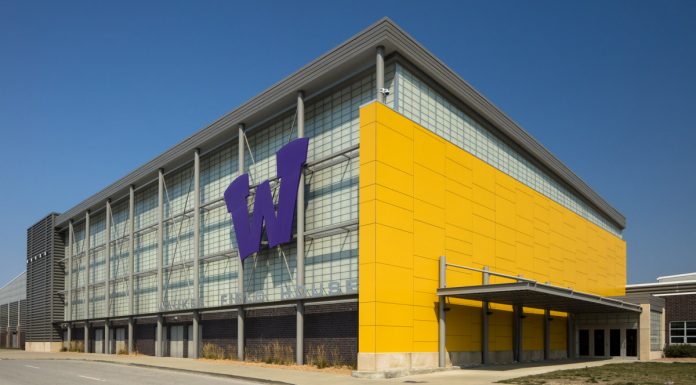I continue to hear concerns about flooding and disaster recovery from families, businesses, farmers, and local governments alike as I travel across the district on my 20 County Tours. We have to be forward thinking about flood mitigation and improving disaster response—proactive investments are needed to ensure that family homes are protected, that farmers have the resources to recover and build long-term resilience to natural disasters, and that our towns have the ability to make informed decisions about where to build critical community services.
In my role on the House Appropriations Committee, I am leaving no stone unturned to ensure Iowans have the resources and structures in place to recover from previous disasters and are prepared for whatever might come our way. I have successfully worked with my colleagues on both sides of the aisle on measures that will improve the way the government approaches disaster response and resiliency, and to secure funding for key flood mitigation priorities.
Updating flood maps and risk analysis. A common theme in my conversations with disaster response and flooding experts is serious concern over outdated and inconsistent flood maps still being widely used. Homeowners, local governments, and developers cannot know the true risk associated with buying or building property if they are using outdated maps to make these decisions—doing so is like playing a game of darts blindfolded. It’s dangerous for cities to make decisions about where to build hospitals and schools, using decades-old risk assessment and flood maps. In fact, 64% of the official flood maps for Iowa’s First Congressional District are out of date. That’s why I worked to secure $275,500,000 for flood hazard mapping and risk analysis so that Iowans can be confident about their decisions to buy and build, and so that our state and local emergency managers are accurately aware of pending disasters.
Improving FEMA’s disaster response. I’ve heard from countless Iowans who have had an incredibly difficult time dealing with the Federal Emergency Management Agency (FEMA), the federal agency charged with disaster recovery and relief. Many Iowans who have applied for Individual Assistance from FEMA to help repair their homes after the derecho have had their applications rejected—estimates indicate that only 15% of Individual Assistance applications have been approved. Many are still awaiting responses from FEMA, and if they do receive a response, its often in a bureaucratic code that doesn’t clearly convey options to the survivor. This is unacceptable, and its why I worked across the aisle to secure a provision in government funding legislation that directs FEMA to improve and be more transparent about the agency’s Individual Assistance program. This will help ensure Iowans can receive clear answers and relief without running into bureaucratic red tape.
Ensuring our agriculture community has the resources to recover and prepare. Our farmers sacrifice day in and day out to deliver the products that we eat, drink, and fuel our cars with every day. But as Iowa’s producers know all too well, a natural disaster can completely wipe out their hard work to feed and fuel the world in an instant. I was able to secure a measure in government spending legislation to direct the United States Department of Agriculture (USDA) to use resources to mitigate the devastation that disasters have on the agriculture industry. The USDA needs to think ahead and help improve resiliency and mitigation efforts for the farming community.
Additionally, to help Iowa’s producers through the derecho recovery, I secured an amendment that advocates for farmers to receive additional crop loss relief through the USDA’s Wildfire and Hurricane Indemnity Program.
We need to make these critical investments in flood mitigation and disaster response now. The current “wait and see” approach will not only leave our community vulnerable, but will leave taxpayers on the hook to pay for the next extraordinarily expensive disaster. I’ll continue working to ensure we have the resources to prepare today for tomorrow’s potential flood, derecho, or other disaster.












